The Boeing 737 MAX is a commercial aircraft with new generation equipment and modern design, offering high quality and comfort to its passengers. However the aircraft experienced 2 disasters within 5 months of each other, resulting to all Boeing 737 MAX to be grounded. What went wrong with this Boeing variant?
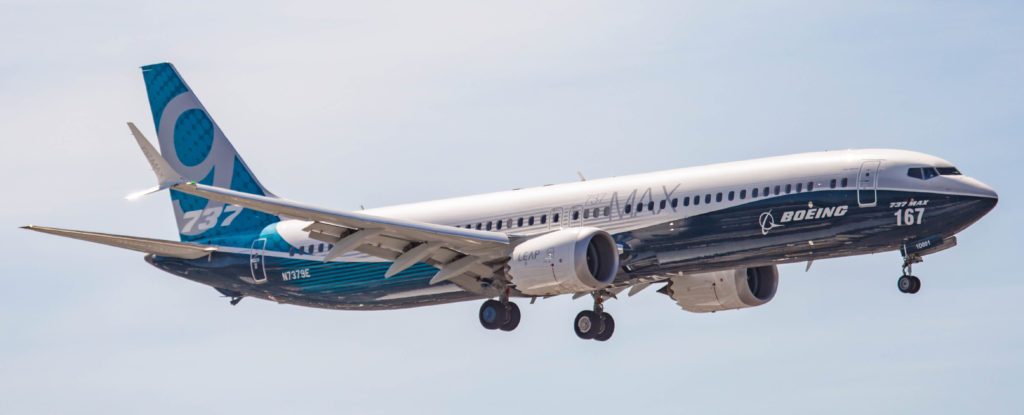
Boeing’s model 737 MAX
The Boeing 737 MAX is Boeing’s response to Airbus’s A320neo family, a new fuel efficient narrow-body jet. It is the successor to the 737 Next Generation. The design is based on earlier 737 technology and design, with the introduction of a new engine claiming to offer improved fuel-efficiency, as well as other improvements.
The design of the Boeing 737 MAX was aiming to surpass or meet that of the competition, the A320neo; even targeting the engines to be 4% more fuel efficient than their competitors design.
Boeing performed the B737MAX first flight test on January 29, 2016 at Renton Municipal Airport. The aircraft performed flutter testing, stability and control tests. The FAA granted the aircraft its certification on March 8, 2017; however, after 2,000 test flight hours and 180 minutes of ETOPS testing, CFM International brought up an issue to Boeing regarding its low pressure turbine.
This caused the suspension of Boeing 737 MAX flights on May 4th of the same year, however the aircraft returned to active service on May 12, less than 2 weeks later. It is important to note that the FAA delegated many evaluations of the aircraft to Boeing, who pushed to expedite the process in order to compete with the Airbus A320neo’s launch.
The first B737MAX aircraft entered service with Malaysia’s low cost carrier Malindo Air on May 22 2017; Boeing planned to deliver between 50 to 75 aircraft by the end of 2017, and 10-15% more than 500 737s aircraft models to be delivered in the year.
By the end of their first service year, 130 Boeing 737 MAX had been delivered; logging over 41 thousand flights, collecting 118,000 flight hours and transporting over 6.5 million passengers. However the aircraft were grounded on March 2019 after a malfunction caused 2 of the models to crash, resulting in the loss of 346 lives.
The Boeing 737 MAX design
We’ve mentioned that the aircraft was grounded due to a malfunction that resulted in a tragic loss of life; however the aircraft’s design is state of the art, and by no means flawed. To better understand the malfunction, we should understand how the aircraft’s design works.
The A320neo offers their clients 15% less fuel consumption during its flights. The Boeing 737 MAX initially offered 10-12% reduction of fuel, but the company gradually improved on the design, increasing the reduction to 14.5% and later incrementing it further by 1-1.5% with further changes.
But how did Boeing achieve its fuel consumption efficiency and what changes did the company to gradually improve it?
Aerodynamic Changes
Aircraft without winglets on the tips of their wings experience an increase on drag, which reduce their efficiency. The original design of winglets redirects the flow and creates lift, reducing the drag and increasing the wing’s overall efficiency.
The 737 MAX winglet adds a second aerofoil which points downwards. With both of these winglets together, drag is reduced further and the efficiency of the wing increases further by minimizing drag.
The wings are constructed with materials and techniques that allow for laminar flow, improving further the wing’s efficiency. Thanks to all of these improvements and additions, a 737 MAX flight is expected to have an improvement of 1.8% reduction on fuel consumption.
Structural and other changes
While most systems on the Boeing 737 Max have been carried over from the Boeing 737 Next Generation, there have been several improvements and additions to both the design and other onboard devices on the aircraft.
The aircraft makes use of the Boeing Sky Interior to give the cabin a more modern and spacious look. This is achieved by using softer color accents and designs, as well as the luggage bins lowering themselves rather than having them come out. The sky interior features dynamic lightning that helps set different moods for the passengers depending on the time of day or event.
Another improvement Boeing take pride on is the cockpit, the flight deck is improved including wider screens to provide more vital information to the pilots.
Engines
The Boeing 737 MAX is fitted with LEAP-1B engines, improving the aircraft´s fuel efficiency by 10-12%. The engines also reduce the emissions of carbon dioxide by 15% compared to other engines. Noise print was reduced by 40% inside the cabin thanks to reducing the amount of blades from 24 to 18.
Despite the benefits of these sizable engines, they did come with a drawback: they are not balanced towards the front of the aircraft due to the extra weight. This could have been a design oversight as the 737 MAX was modeled after the previous Boeing 737 models which featured lighter engines.
In response to this weight and balance problem, the company decided to solve it with software that will apply input at specific aircraft pitch events. This is where the Maneuvering Characteristics Augmentation System or MCAS comes into play, but how does the MCAS help solve this problem?
Maneuvering Characteristics Augmentation System
The MCAS is a flight control system that adjusts an aircraft’s horizontal stabilizer by pushing the aircraft’s nose downwards when flying manually with the flaps up, at a high angle of attack (The angle of attack is the angle between the direction that the nose of the airplane is pointing and the direction of the oncoming wind).
This system was first used on freighters in order to avoid the aircraft from rising too much on a position that would cause stalling. However Boeing has stated that the MCAS was not included on the 737 MAX to avoid stalling. Instead they have stated it was installed to provide consistent handling qualities in unusual flight conditions.
The MCAS was intended to mimic the pitching behavior seen on its predecessor, the Boeing 737 Next Generation. Given the size and weight of the LEAP-1B engines, the 737 MAX was more likely to stall than other Boeing models. The MCAS is designed to activate automatically if the following conditions are met:
- The airplane nose approaches a higher-than-usual angle
- The pilot is flying manually
- The airplane flaps are up
Once the MCAS activates, it will take charge of the flight controls and push the nose downwards if the angle of attack is dangerously high. This solution proved to be faster and less expensive than having to create a new air-frame. However this solution soon proved to be flawed, as 2 Boeing 737 MAX crashed on October 2018 and March 2019.
The tragedies of the Boeing 737 MAX
The crashes of Lion Air Flight 610 and Ethiopian Airlines Flight 302 have rocked the aviation industry, sparked numerous investigations, and resulted in the grounding of hundreds of Boeing 737 Max jets worldwide.
On October 29th of 2018, Lion Air Flight 610 took off from Jakarta, Indonesia with destination to Pangkal Pinang. However 12 minutes after takeoff the place crashed into the Java Sea, resulting in 189 fatalities.
Almost 5 months later on March 10th of 2019; Ethiopian Airlines Flight 302 took off from Addis Ababa, Ethiopia with destination to Nairobi, Kenya. However only 6 minutes after takeoff, the place crashed nearby Bishoftu, Ethiopia; resulting in 157 fatalities.
After the second tragedy, all Boeing 737 MAX aircraft were grounded worldwide. While both flight disasters are still being investigated, the current investigation has revealed that in both cases, the MCAS recorded the aircraft was pushed downwards by the system.
The MCAS mistake
Investigators have found similarities between both Boeing 737 MAX disasters which point to the MCAS as the culprit behind the tragedies. But how did this state of the art system failed on such an advanced aircraft?
The preliminary report by Indonesia investigators of the Lion Air Flight 610 indicates the plane crash was due to a faulty sensor indicating the aircraft was stalling. This erroneous reading likely prompted the MCAS response, pushing the nose downwards in an attempt to regain speed and continue flying safely.
The MCAS will activate automatically if certain circumstances are met, and it will take control over the aircraft. The problem with this system is that it’s not simple to override it once activated. This system has caught many pilots off guard, as it has been reported they were not aware of the addition of the MCAS on the aircraft.
Investigators found Ethiopian Airlines Flight 302 also has similar information regarding the position of the aircraft at the time of the incident, as well as similar readings regarding the MCAS.
The MCAS takes readings from 2 angle of attack sensors to determine how high or low is the current position of the aircraft’s nose; making it susceptible to a single point of failure (SPOF; a part of a system which, if it fails, will cause the entire system to stop functioning).
However the MCAS is not the sole culprit behind the tragedy, despite it taking a major role on the disaster. Boeing made some mistakes that ultimately led to the 2 tragedies on Indonesia and Ethiopia. But where did they go wrong?
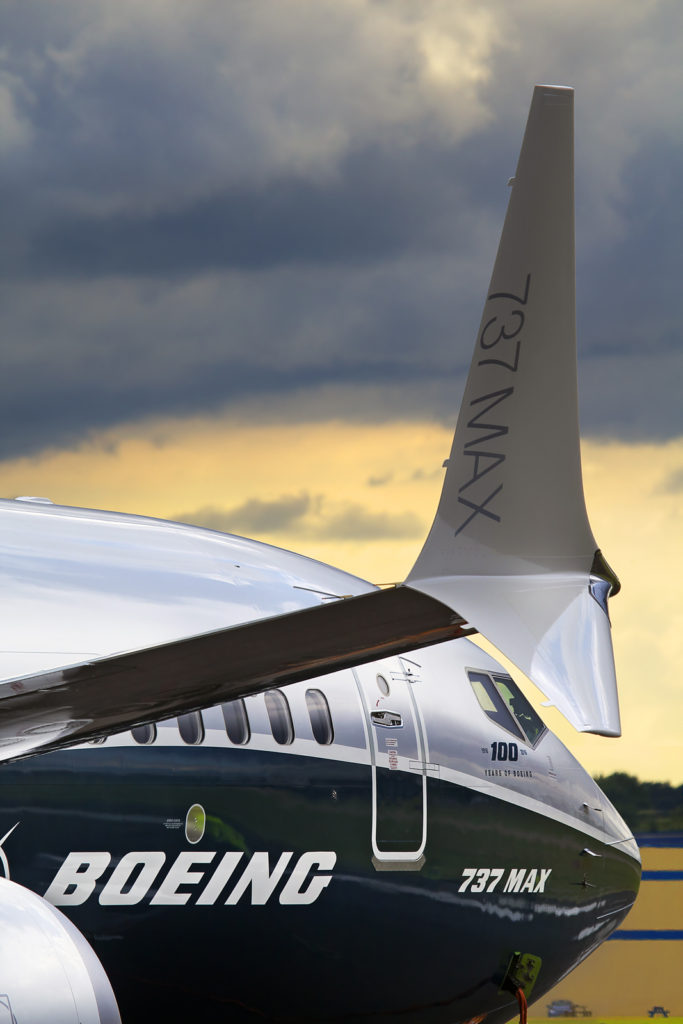
Pilot training
The decision to make the Boeing 737 MAX similar to the Boeing 737 Next Generation is was more than simply aesthetics and innovation. Pilots were told no additional training would be required as the 737 MAX cockpit controls would simply improve from the 737 Next Generation.
This meant a pilot wouldn’t have to go through new training to pilot the new aircraft model; however this was not entirely true. Boeing did not tell the pilots nor did the company include the details on the MCAS on the aircraft manual.
While it was true that most 737 NG trained pilots would be able to operate the Boeing 737 MAX, this proved to be insufficient. However, by announcing no additional training was required, Boeing saved a lot of extra money and was able to start competing with the A320neo much sooner.
Most pilots simply read on their own mobile devices what was new on the aircraft and were unaware of the angle of attack correction system. This led to pilots unable to adequately respond to the system intervening on the flight on the event of a false positive, ultimately leading to the Boeing 737 MAX tragedies of 2018 and 2019.
Regulations and maintenance
As mentioned before, Boeing did not included information of the MCAS on the aircraft manual. In fact, additional safety features such as an MCAS trigger alarm were offered to airlines as additional features for a fee (much like better seats or other amenities).
For Boeing and other aircraft manufacturers, the practice of charging to upgrade a standard plane can be lucrative. Top airlines around the world must pay handsomely to have the jets they order fitted with customized add-ons and options.
Sometimes these optional features involve aesthetics or comfort, like premium seating, fancy lighting or extra bathrooms. But other features involve communication, navigation or safety systems, and are more fundamental to the plane’s operations.
The times magazine reported Boeing would now stop charging an additional free for crucial safety features, and would now be included by default on the aircraft.
A different problem was the certification of the aircraft itself. The process was to be handled by the FAA; however the regulatory body delegated most of the safety assessments to Boeing itself. Boeing in turn pushed technicians and engineers to expedite the process, as the company was eager to compete against the A320neo.
However FAA technicians who received these reports state that some of the information was curtailed, there was not a complete review of the documentation and it was also rushed to reach certain dates. In the end this costed hundreds of lives on an effort to save money and time.
Is the Boeing 737 MAX done for?
Despite everything that’s gone wrong and the mistakes they’ve made; Boeing is still working to correct their mistakes and improve their aircraft’s design. The company has been taking measures to return the aircraft to service.
Concerned with making safety their top priority, Boeing has updated the MCAS on the 737 MAX by including 3 additional layers of protection to prevent the same tragedies from repeating. Additionally the company has vowed to prioritize safety and is focusing on upgrading all safety procedures.
It has been over a year since all Boeing 737 MAX aircraft were grounded, the process has been lengthy due to a number of reasons. One of the first challenges was finding ways to upgrade the MCAS on the aircraft. Boeing has also been working with regulatory bodies such as the FAA and NASA in order to properly train their pilots.
Boeing has currently proposed for pilots to undergo a simulator training in addition to computer based training in order to operate the 737 MAX. Regulatory bodies are working alongside Boeing in order to produce proper training courses for the pilots. Boeing stated there are 5 milestones they must reach in order to return the 737 MAX to service:
- Simulator Certification Session: A multi-day simulator evaluation with the FAA to ensure that the overall software system performs its intended function.
- Line Pilots Crew Workload Evaluation: A separate, multi-day simulator session with airline pilots to assess human factors and crew workload under various test conditions
- Certification Flight Test: FAA pilots will conduct a certification flight(s) of the final updated software.
- Final Submission to the FAA: After completion of the FAA certification flight, Boeing will submit the final certification deliverables and documents to support software certification.
- Joint Operational Evaluation Board (JOEB) Training Evaluation: The JOEB, a multi-regulatory body, conducts a multi-day session with global regulatory and airline pilots to validate training requirements. Following this session, the Flight Standardization Board will release a report for a public comment period, followed by final approval of the training.
So far the company has only reached the first of their milestones; however they are still working hard to see the return of their current flagship to the market scene. While it’s hard to predict when exactly the aircraft will make its return, Boeing remains hopeful the day isn’t far.
While the global pandemic has been a definitive setback on the company’s efforts, the aircraft was able to complete its 3 day flight test with the FAA on June of 2020. Despite there still being a lot to do, this is most definitely a step close to the company’s goal.
 A final note
A final note
The steps the company initially took were made in order to avoid additional costs and get their product on the market as soon as possible. This resulted not only on the company paying for the costs they wanted to avoid and more, but also the tragic loss of life.
No amount of payments can ever make up for hundreds of human lives, but that does not mean they shouldn’t strive to make things right. The events the company has gone through will hopefully serve to reiterate the importance of meeting safety regulations for all other companies, in order to avoid unnecessary tragedies to occur again.
Contact us today and find out how to put OSPs expertise to work for you
Related article:
How the Airbus A320 family outperformed their competition, and seized the single Aisle Market
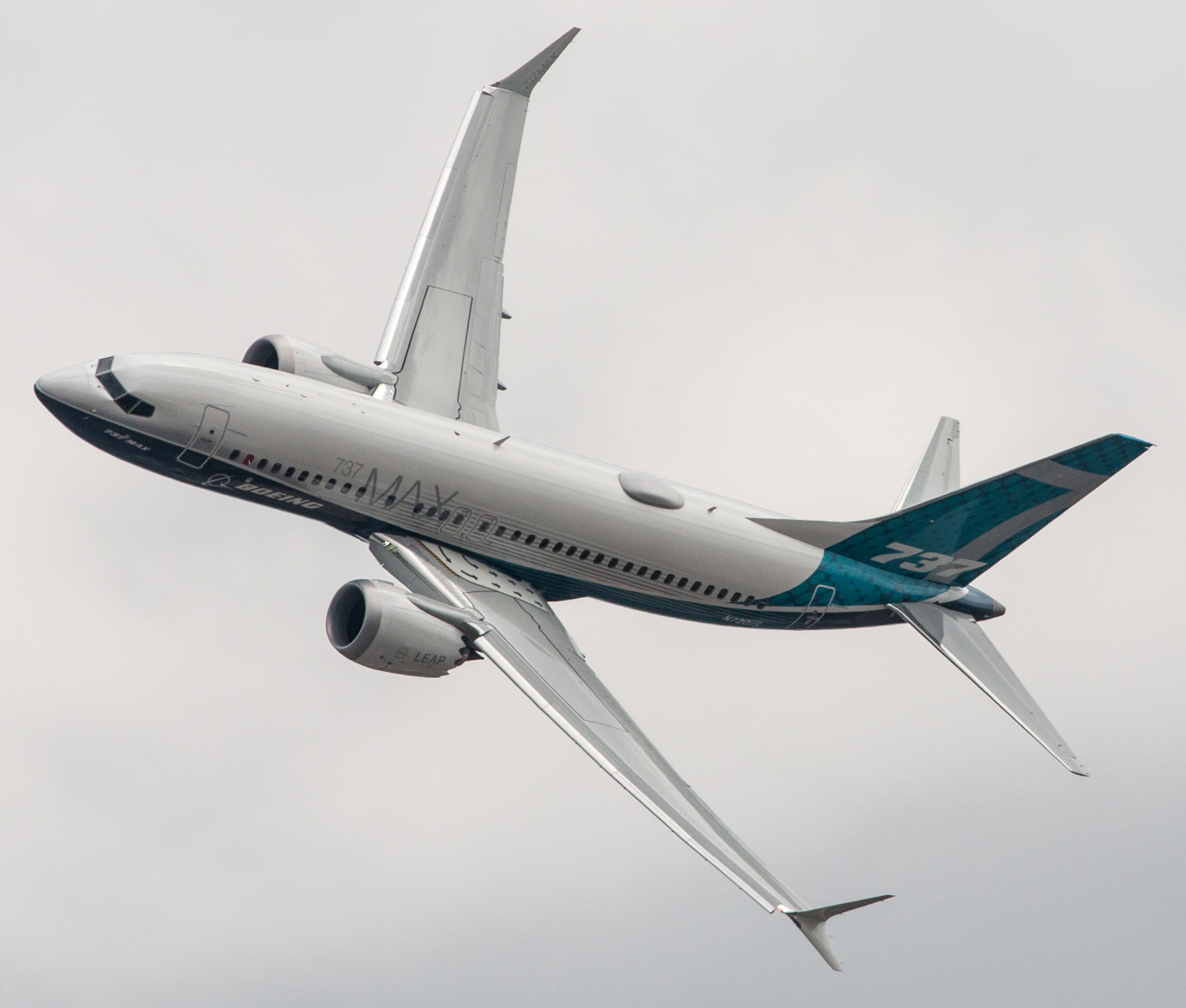
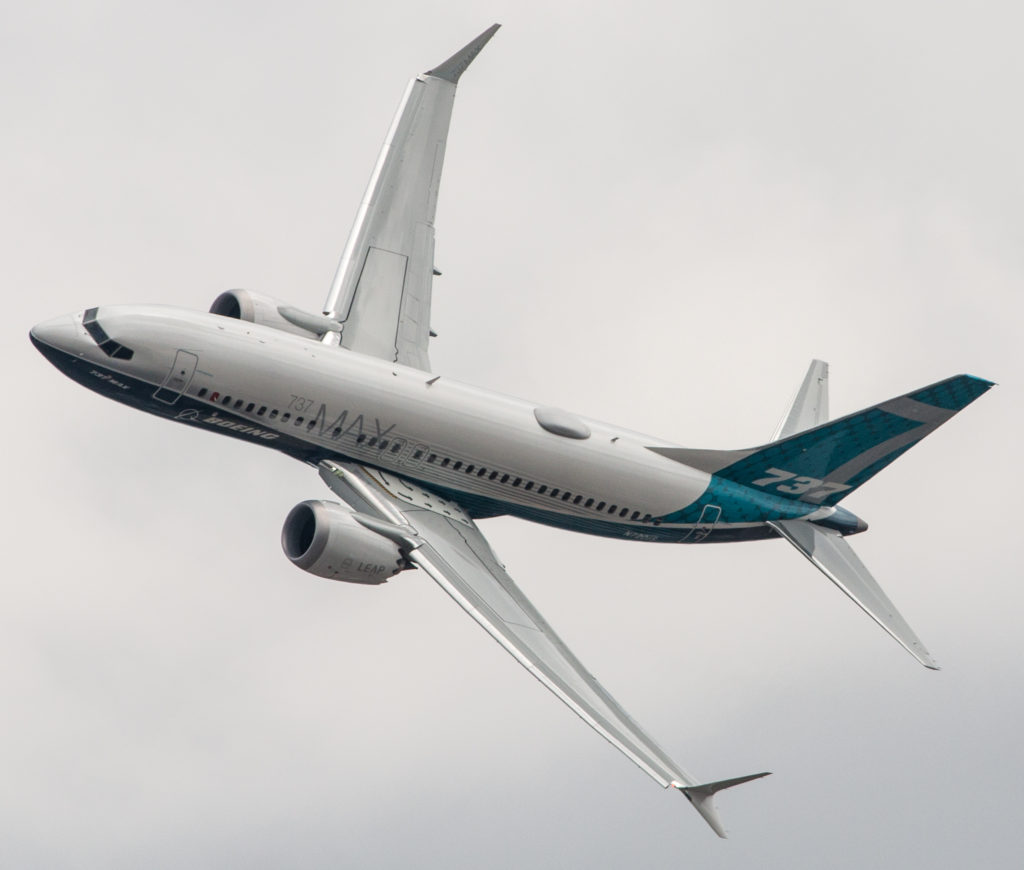
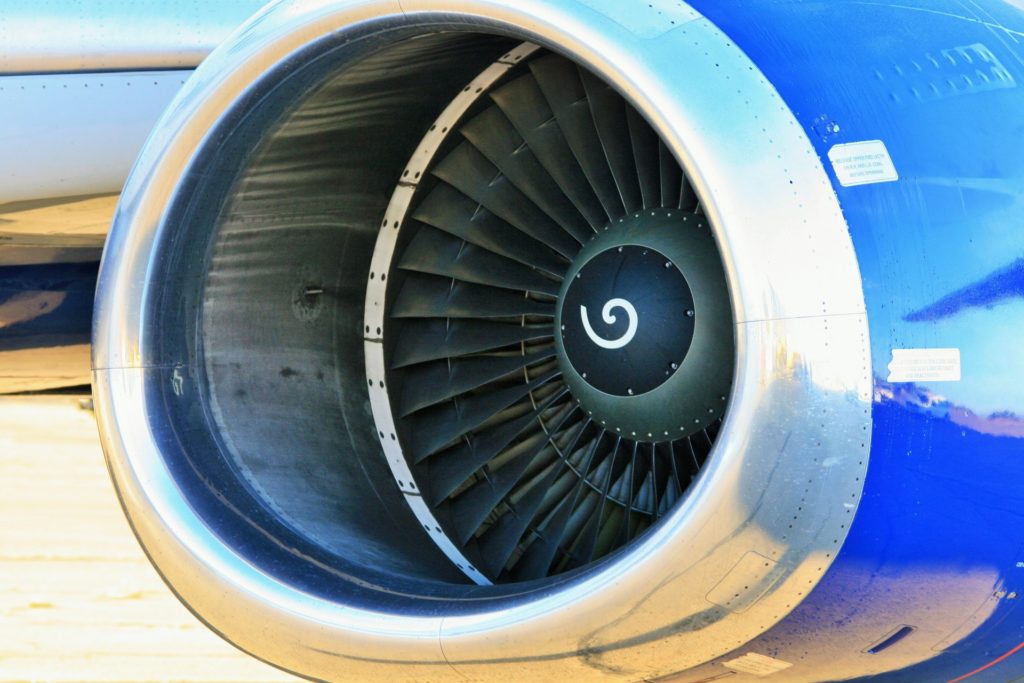
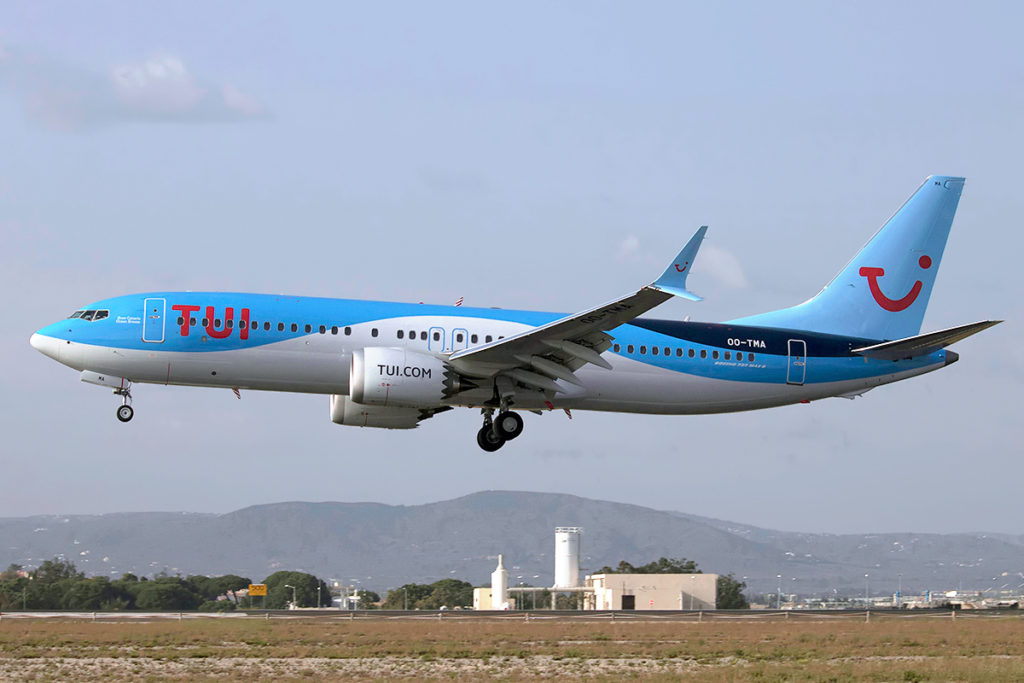 A final note
A final note